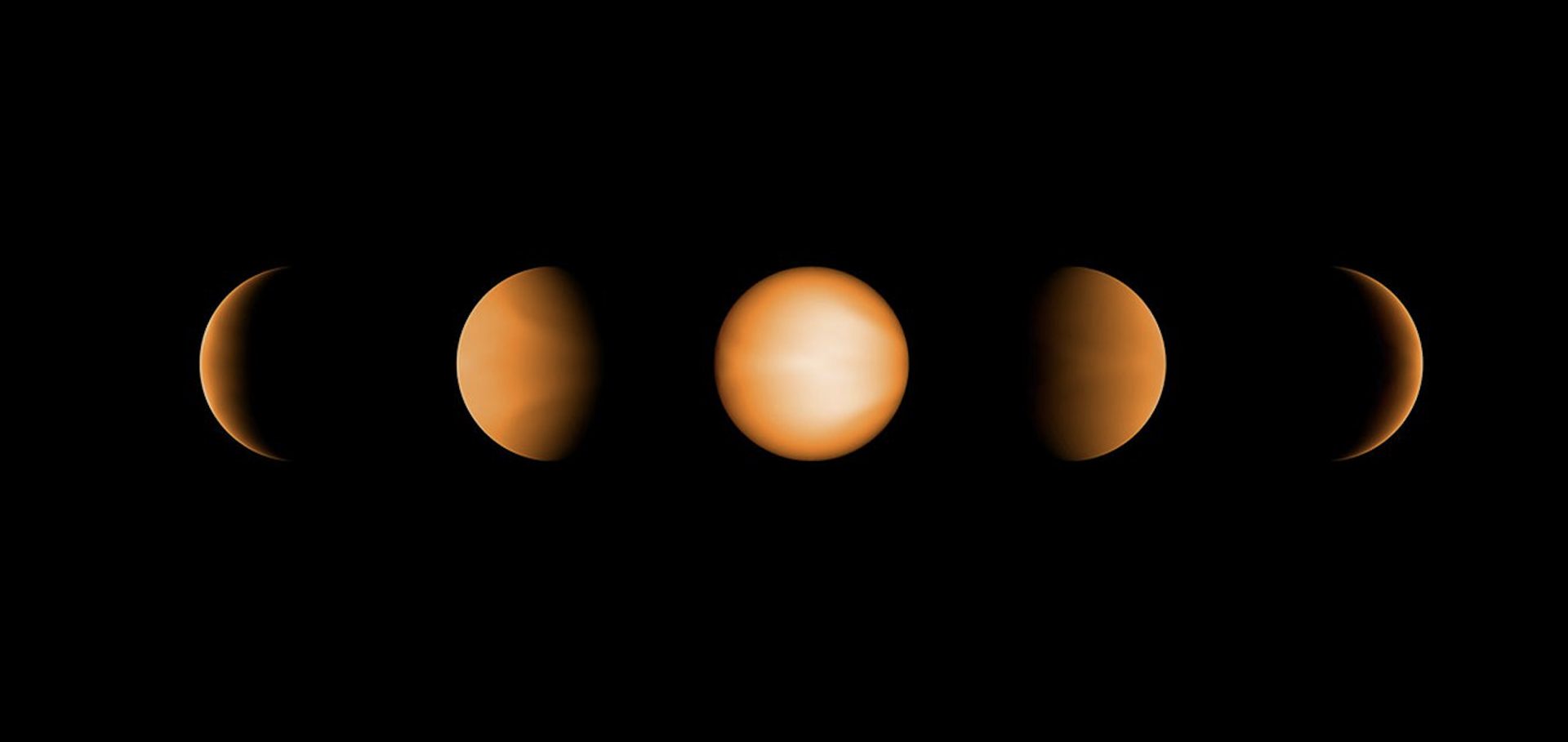Characterization of AF Lep b at high spectral resolution with VLT/HiRISE
Astronomy & Astrophysics EDP Sciences 696 (2025) a6
Clouds and Hazes in GJ 1214 b’s Metal-rich Atmosphere
Astronomical Journal American Astronomical Society 169:4 (2025) 221
Abstract:
The sub-Neptune GJ 1214 b has an infamously flat transmission spectrum, likely due to thick aerosols in its atmosphere. A recent JWST/MIRI spectroscopic phase curve of GJ 1214 b added to this picture, suggesting a highly reflective and metal-rich atmosphere. Using a 3D general circulation model with both photochemical hazes and condensate clouds, we characterize how different aerosol types affect the atmospheric structure of GJ 1214 b and manifest in its spectroscopic phase curve. Additionally, we reanalyze the original GJ 1214 b JWST phase curve. The reanalysis shows a hotter nightside, similar dayside temperature, and a lower, but still elevated, Bond albedo (0.42 ± 0.11) in comparison to the original results. We find that a scenario with both clouds and hazes is most consistent with the JWST phase curve. Reflective clouds or hazes are needed to explain the large Bond albedo, and hazes or a supersolar metallicity help account for the several hundred kelvin day–night temperature difference measured by the phase curve.Constraining the Scattered Light properties of LTT 9779 b Using HST/WFC3 UVIS
Monthly Notices of the Royal Astronomical Society Oxford University Press (OUP) (2025) staf402
Highly reflective white clouds on the western dayside of an exo-Neptune
Nature Astronomy (2025) 1-14
Vertical structure of an exoplanet’s atmospheric jet stream
Nature Springer Nature (2025) 1-7


